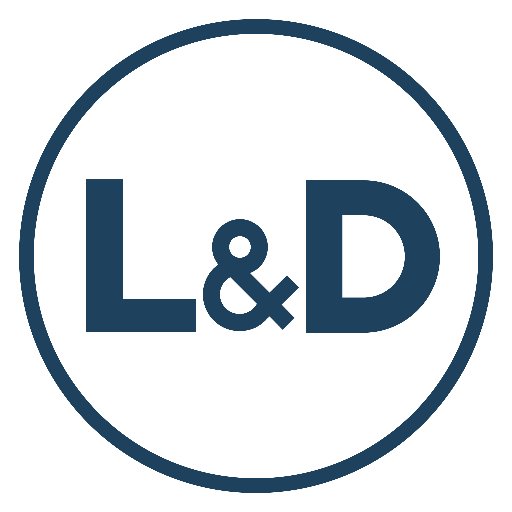More Learning Through Less Learning: Reframing Learning Culture
15 Jul 2014 | Thomas Handcock and Warren Howlett

The learning landscape has changed substantially; the line has different skill needs, and employees want to learn in new, innovative ways.
As line leaders pursue new growth opportunities—or seek to improve their execution of existing plans—they need employees with new and more complex skills. Clearly, line leaders’ expectations of development interventions are changing.
- Sales leaders, for example, want to build a sales staff that can not only sell products but also challenge customers’ assumptions.
- Similarly, finance leaders need their staff to move beyond maintaining their technical expertise to developing consultative skills that redefine how they interact with the line.
- And IT leaders want to both build good relationships with business leaders and develop the skills needed to influence their employees’ behaviors.
In addition, employees have their own expectations of learning and development (L&D), namely how and when they will learn:
- 57% of employees expect learning to be more “just in time,” or as needed, than it was three years ago;
- Only 37% of employees expect that the organization will actively manage their development; and
- Only 21% of employees expect most of their learning to happen in the classroom.
These expectations are not surprising considering the pervasiveness of social media platforms in employees’ personal lives and the centrality of data and information systems in their work processes.
Focusing on Learning Culture to Expand L&D’s Sphere of Influence
Although L&D previously provided the majority of employee learning, non-L&D sources now provide employees with more learning opportunities: in fact, according to CEB research, a huge 79% of learning comes from sources outside the learning and development function—an 11% jump since 2012.
L&D executives are starting to question their own role in directing, controlling, or ensuring the quality of all the learning happening beyond their traditional arena of control. Three-in-four heads of L&D recognize that they need to build a culture of learning to extend their function’s influence.
Across the next two weeks we’ll uncover the “participation trap” and explain why the best companies understand that when it comes to learning, less is more.
Culture of Participation Versus Culture of Productivity
This first blog in our series examines “learning cultures”.
L&D leaders understand that to improve the quality and long-term effects of learning throughout the organization, they must extend the L&D function’s influence by building a culture of learning.
Most organizations create this culture of learning by doing the following:
- Investing in and providing more learning opportunities across more learning channels
- Improving the quality and structure of learning content
- Advocating that employees own their own individual development
These approaches ultimately promote more learning activity and increase attendance; in short, they create a culture of learning participation.
In most cases, however, extra learning does not mean higher-quality or sustained learning: nearly three-in-four line leaders report that employees with high learning participation lack the necessary skills to achieve business goals.
The extra learning activity, in fact, creates a lot of waste: every day, employees waste approximately 11 percent of their time on unproductive learning. This misused time costs the average organization more than US$134.5 million in employee productivity each year.
The real challenge is not to create a culture of learning participation but to instead build a productive learning culture in which employees:
- Focus only on the most relevant learning opportunities,
- Have the required learning capabilities to capitalize on those opportunities, and
- Take responsibility not only for their own learning, but also for creating a supportive learning environment.
Getting More Learning Through Less Learning
The best organizations build a culture of productive learning. Their approaches to creating this learning culture are distinguished from more conventional approaches in three important ways:
- Instead of increasing learning choices, they rightsize learning opportunities so only those that are highly relevant and effective are available to employees.
- Instead of just creating and teaching learning content, they advance the organization’s learning capability by teaching employees how to better learn.
- Instead of simply focusing on the individual’s responsibility to learn, they emphasize a shared employee–leader ownership of the learning environment.
- 7 chiến lược giúp quản lý đồng nghiệp cũ khi bạn trở thành sếp
- Cảm ơn các giảng viên đã đồng hành cùng chúng tôi trên hành trình học tập một năm qua!
- TalentPool đồng hành cùng TÀI NĂNG LÃNH ĐẠO "Táo bạo để vươn xa"
- Sinh viên thế kỉ 21 muốn thành công chắc chắn phải có kĩ năng làm việc chuyên nghiệp
- Khởi động dự án Xây dựng khung năng lực đào tạo cùng EVN CPC
CERTIFICATIONS FOR TRAINING PROFESSIONALS
Most certification eligibility requirements include several years of experience in a performance improvement and facilitating field.
The following table provides a list of some of the most recognized certifications for training professionals

The 7 Types Of Power That Shape The Workplace
Power comes in many different forms, and leaders need to learn how to handle each type.
"Power tends to get to people's heads," psychologist Nicole Lipkin tells Business Insider. "We're not really trained to handle power well."

TAKE THE MYSTERY OUT OF MARKETING YOUR LEARNING FUNCTION
You already have all it takes to be a great marketer of training. You just need to fine-tune your focus on knowing your audience and building relationships throughout your organization.
Article Author:
By Melissa Smith and Maria Chilcote, Managing Partners, The Training Clinic
Marketing is one of those business skills that appear to have eluded many of us in the Learning and Development (L&D) field.
